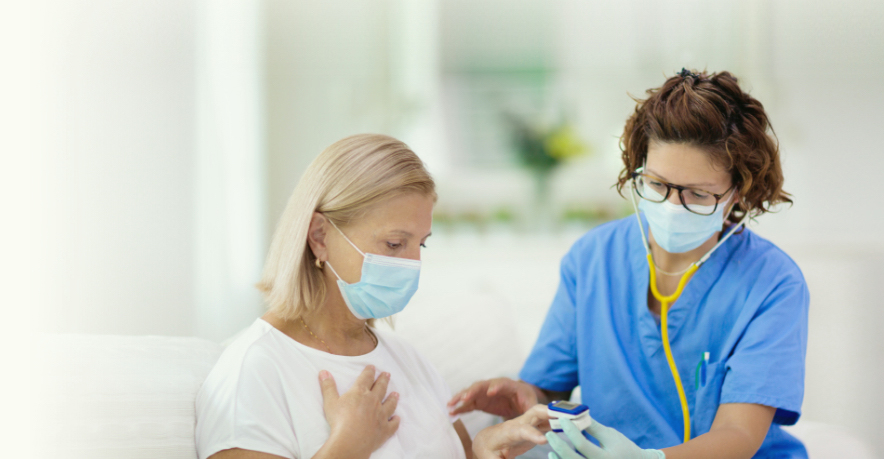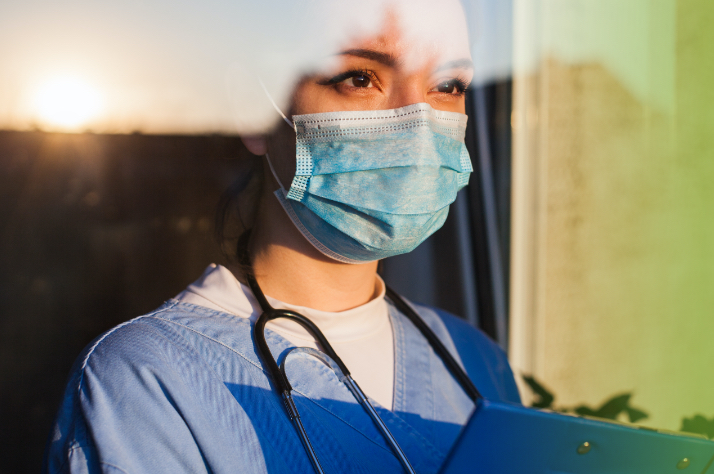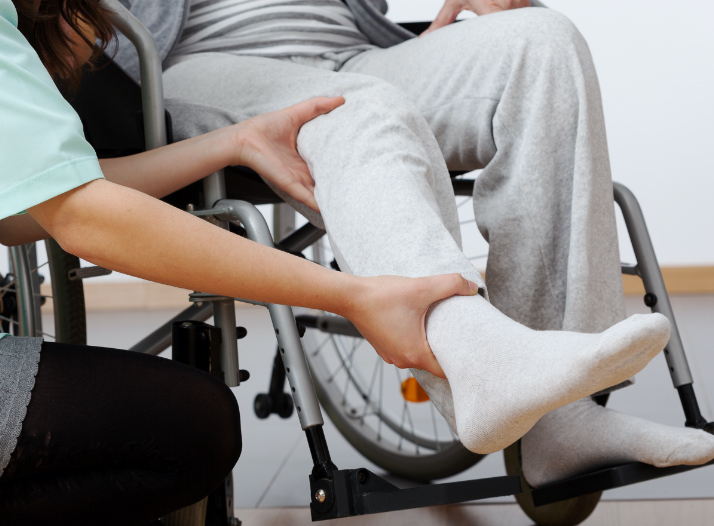
Our company is committed to providing our clients and staff with a high standard of safety measures during these uncertain times. Our priority has always been the health and safety of our clients. Below is a description of the steps we have taken as an organization to ensure your peace of mind when receiving our services.
All of our staff are provided with Personal Protective Equipment and, when necessary, are required to use use medical grade masks, gloves, and face shields. While hand sanitizer and disinfectant wipes will be made available, our clients are encouraged to have soap, paper towels, disinfectant, and any necessary cleaning supplies readily available throughout the home to assist with any cleaning.
We are taking steps to ensure that our staff work with a limited group of clients to reduce the chance of spreading the virus. Our staff are following all preventative safety measures, including social distancing and limited contact.
All staff performing client visits will conduct self-monitoring practices and fit for work screening as stated by the Ministry Of Health. This is in addition to phone and temperature screening practices established by True Compassion Home Care.
The staff will call a member of our management to confirm that they are clear of any signs or symptoms of COVID-19 and that they can safely provide home care services before they enter a client’s home. A temperature screen is completed before starting each shift.
Our care providers will complete an over-the-phone screening with each client prior to a scheduled visit. If it’s not possible to conduct the screen over the phone, it will be safely completed by the care provider at the client’s home.
If you are expecting any visitors during your scheduled time, we kindly ask that you inform your care provider as any guests will also need to be screened for added safety measures.
In the event of a positive screen, our care providers are asked to call 811 and speak with a public health nurse to confirm if they need to schedule an appointment for a test.
Care providers can even complete a self assessment and schedule an appointment for COVID-19 testing online with Health Care Workers Alberta Health Services link. While waiting for the results of the test, care providers are expected to remain in self isolation until they receive the call from the testing facility or text confirming the test results are negative.
If the test result is positive, staff must notify their immediate supervisors and begin the 10-day isolation protocols required by law. Staff can resume work after the 10 days or when symptoms resolve after the 10-day isolation period.
If clients show any symptoms upon screening, they are required to immediately self isolate, call 811 or use the following Alberta COVID-19 Community Screening and Testing web link to determine the need for further testing and notify True Compassion staff.
All testing for COVID-19 will take place through hospitals, assessment centres, and/or through primary care providers.
If clients are referred to hospital (e.g., emergency department) for testing, True Compassion staff will coordinate with the hospital, local public health unit, paramedic services, and the client, to make safe arrangements for travel to the hospital while incorporating Droplet and Contact Precautions.
All referrals to hospital should be made through the 811-health link line.
If a client is very ill and requires acute care, True Compassion staff will call 911 and let them know that the client has symptoms of COVID-19.
All positive screens, whether from the care provider or client, must be reported to True Compassion supervisors for the records to be maintained and shared with the Ministry of Health of Alberta. This is in accordance with Alberta Health legislation.
Both staff and clients are encouraged to install ABTraceTogether mobile app to help with contact tracing activities through out the province in the event of a positive test which helps to reduce the spread of COVID-19 within the community.
The COVID-19 test detects if the virus is in your nose or mouth. It is important that you understand what it means if your COVID-19 test is positive.
Contact us

Pointers for staying safe in your home during COVID 19 from the Government of Canada.
Here is a list of things you can do to manage and protect your exposure to COVID – 19 within your family.